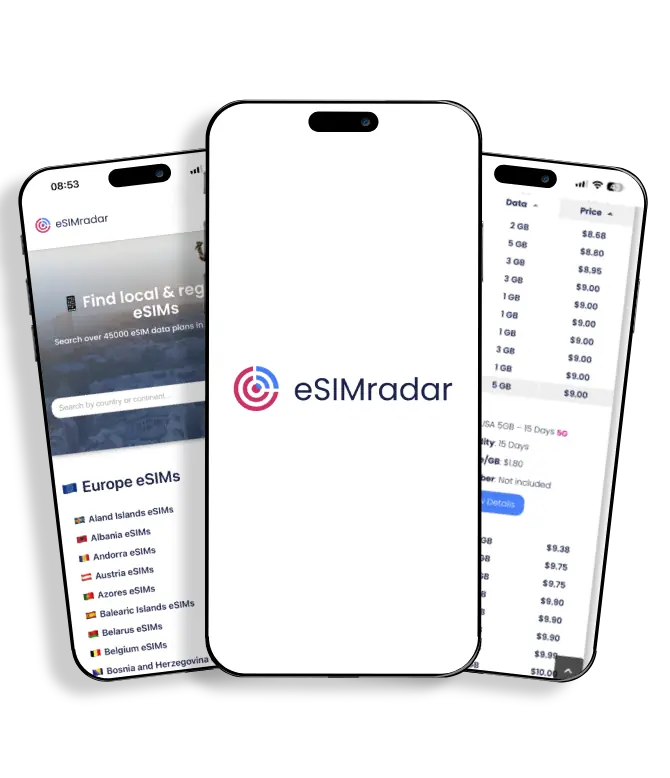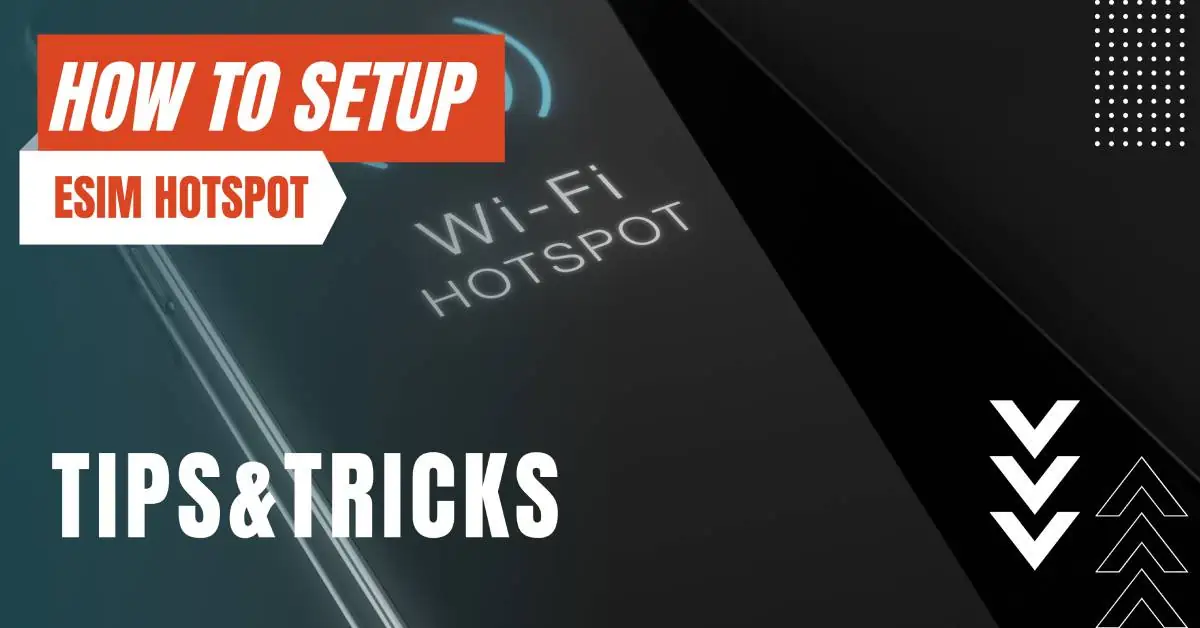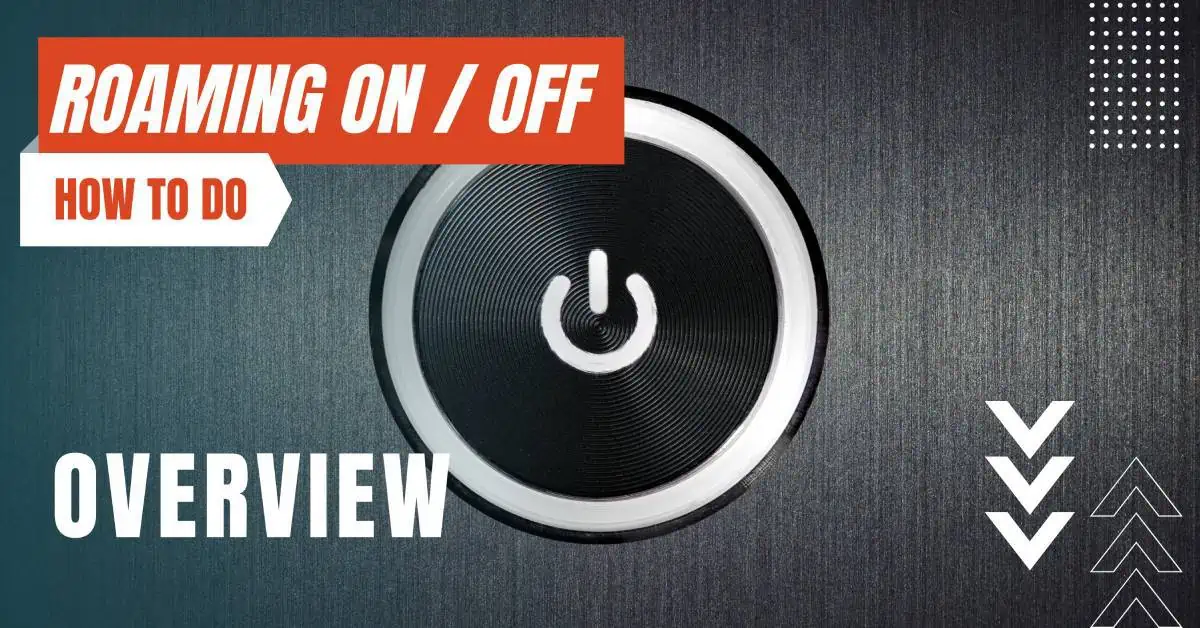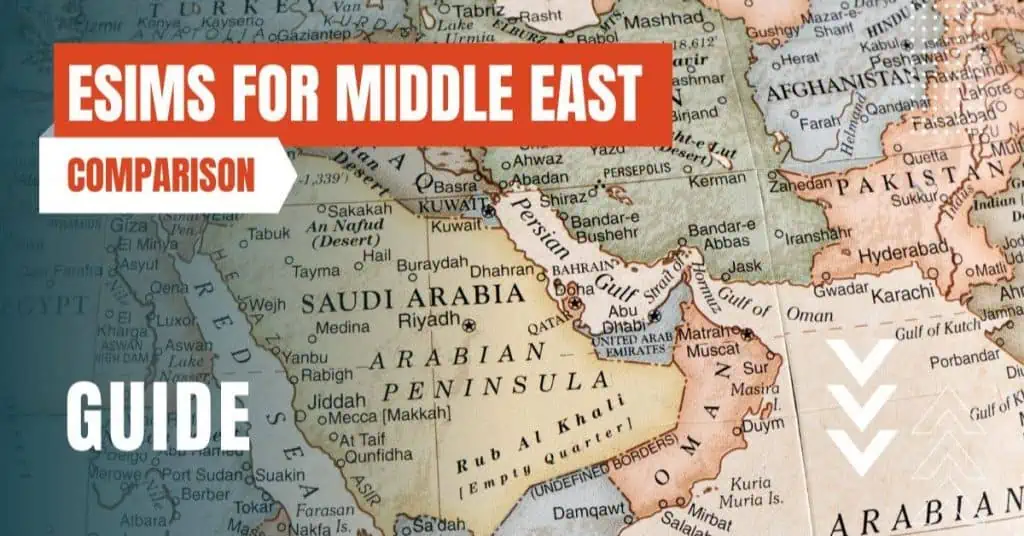All of the products and services we feature are chosen independently. If you click through links we provide, we may earn a commission. Learn more
Written by: Emily Chen
eSIM on Google Pixel
- Updated: September 30, 2023 | Published:
In an age where smartphones are ubiquitous and integral to daily life, staying connected is more important than ever. The Google Pixel series, known for its sleek design and high-performance capabilities, has embraced eSIMs, heralding a new era in mobile connectivity.
eSIM, or Embedded SIM, replaces the traditional physical SIM card with a virtual one, allowing for more flexible carrier options and streamlined device design.
From the early adoption in Pixel 2 to the latest advancements in the Pixel 5 and beyond, Google has been at the forefront of integrating eSIM technology into its smartphones.
This article delves into the intricacies of eSIM on Google Pixel phones, exploring its benefits, how to set it up, carrier support, and its far-reaching implications for the future of mobile communication and the Internet of Things (IoT).
What is eSIM?
eSIM, short for Embedded Subscriber Identity Module, is a global standard by the GSMA, the association of mobile networks.
This innovative technology eliminates the need for a physical SIM card, which has been a staple in mobile devices for years. Instead, eSIM is a small chip inside the phone and works in a similar way to the NFC chip.
The information on an eSIM is rewritable, meaning you can change the operator with a simple phone call, giving you the freedom to switch carriers as needed without having to acquire a new SIM card.
Google Pixel's Adoption of eSIM
Google has been an early adopter of eSIMs. The Google Pixel 2, launched in October 2017, was one of the first phones to support eSIM, but it was initially only for Project Fi (now Google Fi) subscribers in the United States. The Pixel 3 and Pixel 3a, launched in 2018 and 2019 respectively, continued to support eSIM and expanded its availability.
The Google Pixel 4, launched in October 2019, took eSIM technology a step further by allowing users to use both eSIM and a physical SIM simultaneously, a feature known as Dual SIM Dual Standby (DSDS). This was a game-changer for people who frequently travel or want to manage multiple numbers.
The Pixel 5, launched in October 2020, and the Pixel 4a 5G continued this trend. The Pixel 5, in particular, supports 5G networks, and when used with eSIM, it allows for faster data connectivity.
Dual SIM Dual Standby (DSDS) on Google Pixel
Google Pixel phones from the Pixel 3a onwards support Dual SIM Dual Standby (DSDS) functionality. This means that you can have two SIMs on your Pixel phone, one physical SIM card, and one eSIM.
You can choose which SIM to use for different actions, such as messaging or calling. This is particularly useful for travelers and those who have separate numbers for work and personal use.
The Pixel 7 and Pixel 7 Pro, which are rumored to be released in 2023, are expected to allow users to use 2 eSIM profiles simultaneously if the carrier supports it. This is a significant leap in eSIM technology, offering even more flexibility for users.
Setting Up eSIM on Your Pixel Phone
Setting up eSIM on a Pixel phone is straightforward.
First, you need to make sure your carrier supports eSIM.
- Open the Settings app on your Pixel phone
- Tap on ‘Network & Internet’.
- Tap on ‘Mobile Network’
- Select ‘Download a SIM instead’.
Follow the on-screen instructions to scan the QR code provided by your carrier.
Once scanned, your phone will connect to the carrier’s network using eSIM. It’s important to note that some carriers might require you to download their app to complete the eSIM activation process.
Benefits of Using eSIM on Google Pixel
Space-Saving Design
One of the significant benefits of eSIMs is the space-saving design. The physical SIM card slot takes up valuable space.
By using eSIM, manufacturers can use the saved space for other features, such as a larger battery, enhanced speakers, or additional sensors.
Flexibility and Convenience
eSIM offers unmatched flexibility. Switching between carriers is as simple as scanning a QR code or making a phone call.
This is particularly beneficial for frequent travelers, as it eliminates the need to purchase and insert a new SIM card in each country.
It also makes it easier to take advantage of local data plans, which can be more cost-effective than roaming charges.
Dual SIM Capability
Dual SIM functionality is invaluable for those who need to manage multiple phone numbers. With eSIM technology, Pixel phones can have both a physical SIM and an eSIM operating simultaneously.
This is especially useful for keeping work and personal numbers separate, or for using a local and international number while traveling. It also allows users to choose different carriers for voice and data services, optimizing costs and network performance.
Compatibility and Carrier Support
One of the open questions when considering eSIM is compatibility and carrier support. eSIM is supported by a growing number of carriers worldwide.
However, not all carriers support eSIM, and even if they do, not all features may be available. It’s essential to check with your carrier to understand if they support eSIM and what features are available.
In the United States, major carriers like AT&T, T-Mobile, and Verizon support eSIM. Internationally, carriers in over 100 countries now offer eSIM services, including Vodafone, Orange, and many others.
Security and Privacy
Another open question is regarding the security and privacy of eSIM. eSIM technology is considered secure.
The GSMA has defined high-security standards for eSIM, and it is built to offer the same security level as a physical SIM. However, since eSIM profiles can be changed remotely, there is always a concern about unauthorized changes.
It’s essential to understand the security measures in place by the carrier and the phone manufacturer.
Troubleshooting eSIM on Google Pixel
What if you face issues with eSIM on your Google Pixel? Some users have reported issues such as not being able to connect to the mobile network or experiencing interruptions.
Google Pixel has a support page and community forums where users can find solutions to common problems.
Additionally, contacting the carrier can often resolve issues, especially if they are related to the carrier’s network.
The Future of Physical SIM Cards
With the adoption of eSIM technology, an open question is what will happen to physical SIM cards. While eSIM is undoubtedly more flexible and space-efficient, physical SIM cards are still widely used and supported. It is likely that physical SIM cards will continue to coexist with eSIM for some time.
However, as eSIM adoption increases and the technology becomes more widespread, we may see a gradual phasing out of physical SIM cards.
eSIM and The Internet of Things (IoT)
eSIM technology is not just for smartphones. Its application in IoT devices is an area of significant potential. With eSIM, IoT devices can connect to mobile networks without the need for a physical SIM card, which is particularly useful for devices where space is at a premium.
This can lead to more streamlined and capable IoT devices, from smartwatches to connected cars.
As eSIMs continue to evolve, we can expect even more innovations and features in future Pixel models. The integration of eSIM is not just a trend; it represents a fundamental shift in mobile technology.
With the potential to significantly alter how consumers interact with mobile networks, eSIM technology is poised to become a standard feature in the smartphones of tomorrow.
Moreover, with the introduction of 5G, eSIM can play a significant role in ensuring seamless connectivity. The combination of eSIM and 5G technology in Google Pixel phones can lead to new use cases, such as improved IoT applications, real-time data sharing, and enhanced mobile experiences.
Google’s commitment to pushing the envelope with eSIMs in the Pixel lineup demonstrates its dedication to innovation and user convenience. As more carriers around the world continue to support eSIM, the adoption rate is expected to skyrocket.
eSIMs in Google Pixel phones are not just a feature; it’s a glimpse into the future of mobile connectivity.
With the benefits it brings in terms of design, flexibility, and dual SIM capabilities, coupled with the potential it holds in a 5G connected world, eSIM is here to stay and will likely become an integral part of the mobile experience in the years to come.
By entering your email & signing up, you agree to receive promotional emails on eSIMs and insider tips. You can unsubscribe or withdraw your consent at any time.

About The Author
Spread the Word, Share the Joy
Compare eSIMs
Why keep the secret to yourself? Spread the joy of eSIMradar and let everyone in on the eSIM experience!

Easy eSIM Comparison for Your Needs
Simplifying your search! Easily compare eSIM plans tailored to your specific needs

Coverage in 210+ Countries
Benefit from our extensive eSIM comparison with 30+ providers in over 210 destinations.

Save money without second-guessing
Our platform helps you maximize value, ensuring competitive prices.

Enjoy Hassle-Free Travel Abroad
Whether you’re on holiday or a business trip abroad, stay connected with ease and focus on enjoying your experiences,
Find Your Perfect eSIM & Exclusive Deals!
Find your ideal eSIM effortlessly and stay connected in style wherever your adventures take you! Get exclusive deals and discounts at your fingertips, ensuring you get connected for less on your travels!














